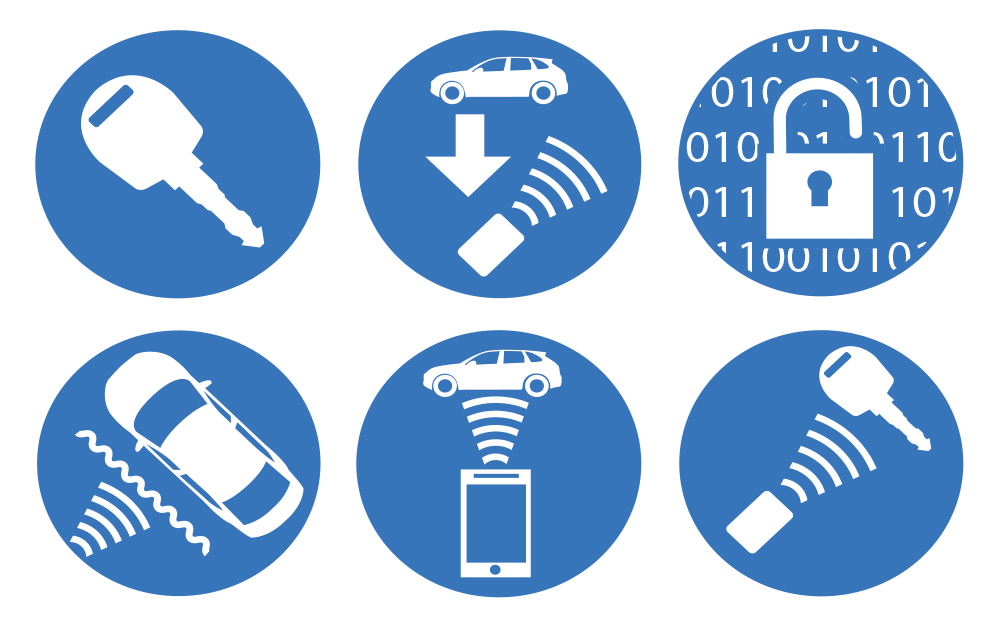Keyless car theft prevention: 6 ways thieves can break into a car and how to prevent it
Fending off the techno-thieves
The days of hotwiring cars are long gone. Today’s thieves use a variety of sophisticated techniques to gain access to cars and start the engine. The police, car makers and the insurance industry are playing catch-up as keyless car theft techniques evolve and adapt quickly to modern cars.
These measures are having some effect but as anti-theft systems become more advanced, so do the thieves. Below we outline six common methods used to steal vehicles that have keyless entry systems and keyless start buttons — and how to keep your car safe.
What is keyless car theft?
A “keyless car” does not have a traditional metal key to open the doors (at least, not as the primary way to gain entry) or start the motor — instead, a digital fob, card or smartphone app is used to gain entry, and as long as the digital key is detected inside the car, a push button on the inside allows the car to be powered up.
Keyless car theft is when a thief accesses and steals your vehicle without the possessing the original fob or card. This is by tricking the car into believing the digital key is being used. There are several different methods of doing this, which we’ve listed below.
Six types of keyless car theft
1. Signal relaying
Keyless systems use a simple process. Fobs, compatible smartphones or RFID cards emit a short-range “friendly” radio signal that carries only a few yards. When the associated vehicle is close by (usually within a few metres), the car recognises the signal and allows the doors to be unlocked — often by simply touching a door handle. The same process is used for the ignition on cars with start buttons; the digital key needs to be inside the car itself.
Relay thieves use wireless transmitters held up to the front door or window of a house (or the handbag/pocket of a car owner), to capture the signal from a genuine digital key and relay it to a target vehicle. An accomplice standing close to the vehicle captures the signal, fooling the car into thinking the key is within range, allowing it to be unlocked. Once the accomplice is inside the car, the process can be repeated to start the engine.
And once inside the vehicle, a thief can also programme a blank fob to work with the car, allowing it to be sold on (see key programming, below).
2. Signal jamming
A device transmitting on the same radio frequency as remote key fobs is used to jam the signal that locks the car. The gadget might be in the pocket of a crook in a car park, or left in a hiding place near the driveway being targeted.
When car owners press the lock button on their key fob, the command is prevented from reaching their vehicle and it remains unlocked — the thieves are left with an open door.
If owners don’t keep an eye on the car to check that the lights flash, indicating the vehicle has locked, when they press the lock button or walk out of range, it could be a costly mistake.
3. Key programming
Whether thieves use the relay technique, use a jamming device or simply break a window, once they’re inside the car, those vehicles with a start button rather than an ignition key can be simple to steal.
Every car sold for more than a decade has been required to have a standard diagnostic port fitted. This is typically located in the front footwell. Computer hackers have developed devices that plug into the port, boot up a vehicle’s software and then program a blank key fob.
In keyless cars this can be used to start the engine as well as unlock the doors. The time needed for the programming process is as short as 14 seconds. The cost of programming gadgets on foreign websites is as low as £10.
4. Close range testing
Some keyless fobs may still be in range of the car when placed on a table or key rack, inside the house. This could also be a problem when camping, as cars can be parked right beside a tent where the keys are likely to be stored.

Thieves can discreetly check by trying the door handles, which may unlock the doors, but are unlikely to be able to drive off in the car if they do get inside: keyless systems require a fob to be inside the car before the engine will start.
But for owners it’s not worth assuming that a close-ranger tester can’t start the car once inside, and of course, any valuables left within can be removed easily, so it’s important to make sure the fob is stored out of range of the car or in a Faraday case.
Even if owners do not fall victim to thieves, they may end up with a flat battery because the proximity of the key keeps electronic systems on standby.
5. Code grabbing
Thieves armed with advanced gadgets lie in wait for desirable cars. When the owner locks the doors, the signal is captured by the device, which then calculates the unlock code.
Though there is little evidence this method is currently being used, some experts are convinced it is a looming threat. Others say it is impossible, especially with ever more sophisticated anti-theft coding from car makers.
6. App hacking
This method is rarely used but could become popular as car makers attempt to connect their vehicles with owners’ smartphones. Apps that allow drivers to unlock their car can let thieves do the same thing on their own phone if they can log in to the app as the vehicle’s owner.
If a thief steals or hacks a driver’s phone, all they need to access the car is the username and password for the vehicle app, which may be stored in the phone itself.
The latest cars allow digital keys to be shared from one smartphone to another, which can be very convenient if you want to allow a relative or friend to borrow your car without being nearby to hand over a physical key, but it’s a new area of security concern.
How to prevent keyless car theft
1. Look for the flash
Whenever you lock your car, whether by touching the door handle or clicking the button on a remote, make sure the indicators flash and mirrors fold (if you have that functionality), and listen for the clunk of locks.
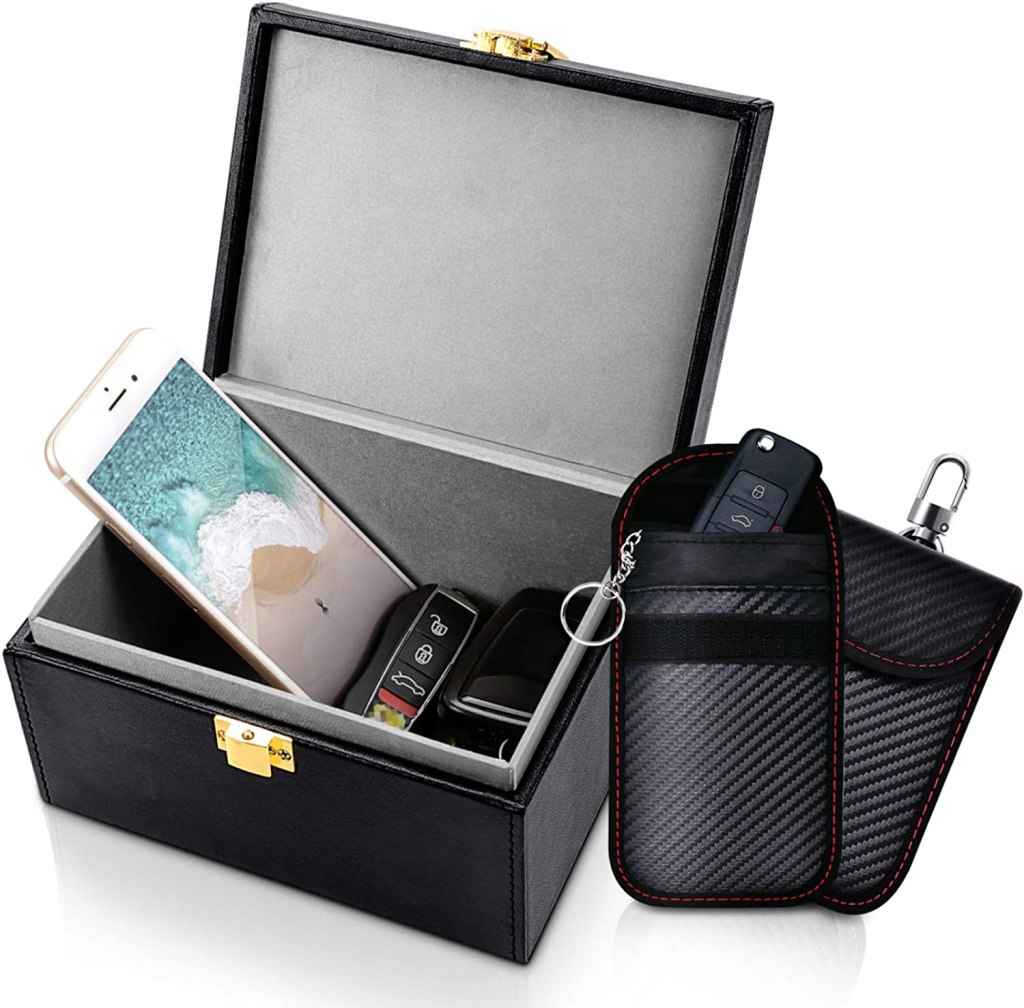
2. Use a car key signal blocker
To prevent relay theft at home, find a safe place for your keys, out of sight and out of range of the car. But you may also want to store them in an aluminium tin or signal blocking box. Some believe storing the fob in a microwave oven works, but we’d be wary of that for various reasons. Whatever, don’t just assume your car key signal blocking solution works; be sure to test its efficacy.
While out and about, keep your key fob in a shielded wallet or aluminium tin. Though some people believe low-tech solutions (such as wrapping the fob in tin foil) can work, we’re more inclined to recommend you consider a good Faraday pouch, which blocks the signal thanks to the metal-lined material it’s made from.
And be sure to protect the house, too; if thieves can’t relay a signal from your fob then they may try to gain access to your house. Make sure that’s not an easy job by ensuring doors and windows are closed and locked securely. Thieves favour easy targets.
3. Attach a lock to the wheels or pedals
Buying a steering wheel lock makes driving away almost impossible and would significantly delay the theft of your car, meaning thieves will be deterred for fear of being caught in the act.
Similarly, a lock for one of the four wheels should deter a thief if they spot it, or at least stop them driving off… just don’t forget to remove it before you go for a drive.
There are also locks for the pedals, though one of these may not prevent the thief from breaking in in the first place.
You may also be able to fit a lock to your diagnostic port, preventing wired computer hacking.
– Read our roundup of the best steering wheel locks here
4. Fit a tracker
If you have a valuable car, then a tracker device is essential, we’d say. It means that unusual activity is monitored and you’re sent an alert if it looks like the car isn’t where it should be — and cars can be followed via GPS if stolen.
Some trackers have advantages over others. At the top end, the Tracker S5 Plus is approved for use by insurers and, using as it does a Very High Frequency (VHF) signal, the police have a better chance of tracking your car if it’s driven into a shipping container or underground car park. The downside is the £700+ up-front cost and £220 annual subscription fee. Other far less expensive trackers (£50 and under) are available, and they can be as easy to fit and use as they are useful, but, as they employ GPS, it means they can be harder to track.
– Read our roundup of the best car trackers here
5. Switch off the fob at night, or insist on a motion sensor fob
Some key fobs can be switched off. Find out if yours can, and do so at night. Also find out if your fob has a motion sensor — some car makers have started using these, which means the fob stops transmitting a signal if it’s left idle for a certain amount of time, making it impossible to use the relay technique.
6. Consider CCTV or a smart doorbell
Like trackers, CCTV cameras aren’t guaranteed to prevent your car being stolen. However, they can be a handy deterrent to put potential robbers off from stealing your car and, if they do decide to nick your set of wheels, the footage can make it easier for police to find your missing motor and the people who stole it.
There are many affordable security cameras available now, including from Ring, Amazon Blink and Google Nest.
Smart video doorbells, also from the likes of Ring, Blink or Nest, could do the job if the car is parked outside your front door, so are worth looking at.
7. Software updates
With cars becoming ever more connected, it’s more crucial than ever to keep car thieves at bay by having the latest software installed on your vehicle. Some manufacturers let you download updates from their website and transfer them to your car with a USB storage device, and some more recent vehicles can be updated over-the-air via a sim card (just as you have in your phone).
Speak to your car dealer to find out about vehicle software updates, and whether the manufacturer is bringing in new keyless fobs with added security.
8. Neighbourhood watch
Be vigilant and report any suspicious behaviour in your neighbourhood to the police.
9. Out of sight, out of thieves’ minds
Keeping a car stored away from prying eyes in a locked garage or gated, secure car park is an obvious way to make sure your car isn’t spotted by opportunistic thieves, prowling the local area.
10. Lighting
If you keep the car parked outside, be sure to do so in an area that is lit. Security floodlights with motion sensors might be worth installing, and there are ones now that work with a camera, such as this Blink Outdoor with Floodlight accessory. We’ve tested Amazon’s Blink camera systems, including the doorbell, and can recommend them.
Best car anti-theft devices
We’ve mentioned a few devices that can prevent car theft above. Here are some of our recommended products:
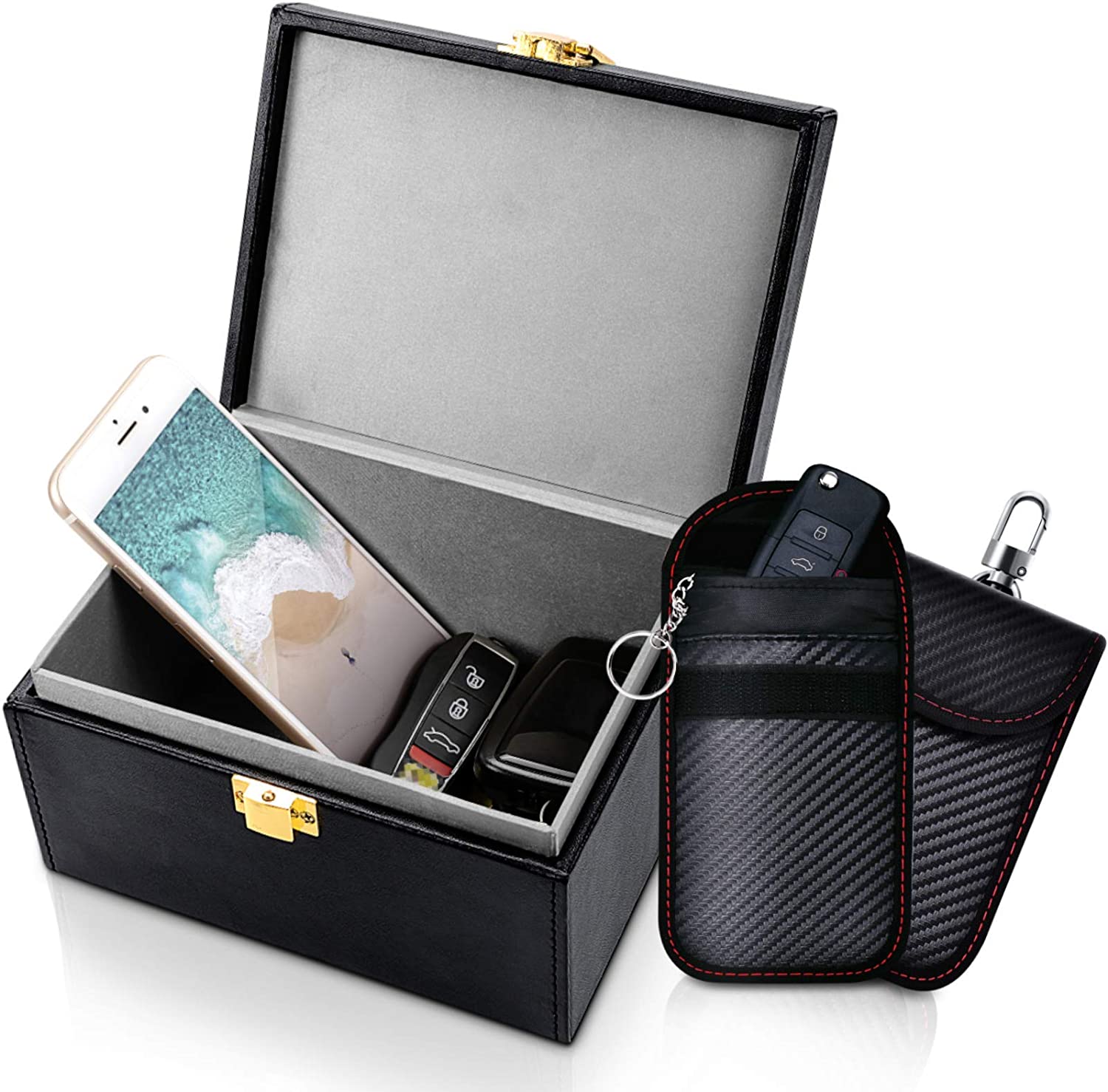
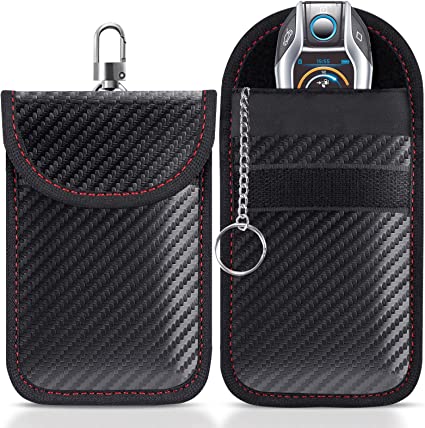
Faraday boxes and pouches
- Faraday Signal Blocking Box, £21.99 from Amazon – buy here
- Faraday Pouch, £9.99 from Amazon – buy here
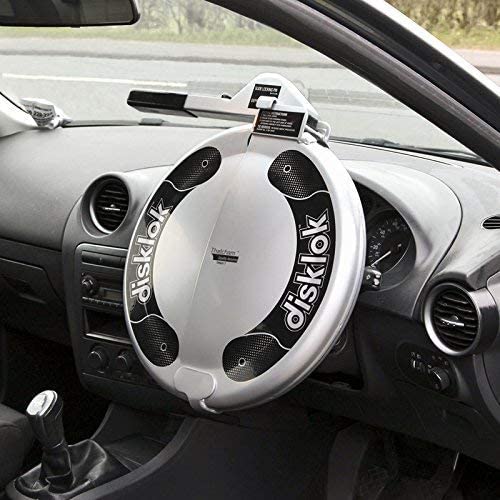
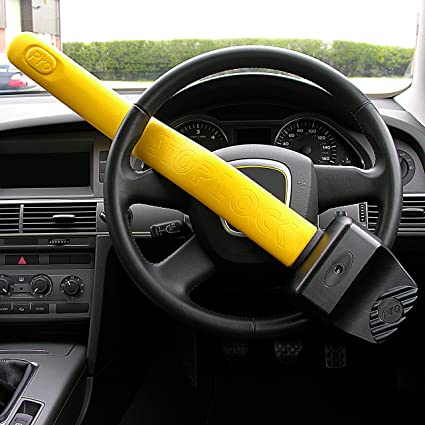
Steering wheel locks
- Stoplock Pro Steering Wheel Lock, £45.47 from Amazon – buy here
- Disklok Steering Wheel Lock, £139.99 from Amazon – buy here / £140 from Halfords – buy here
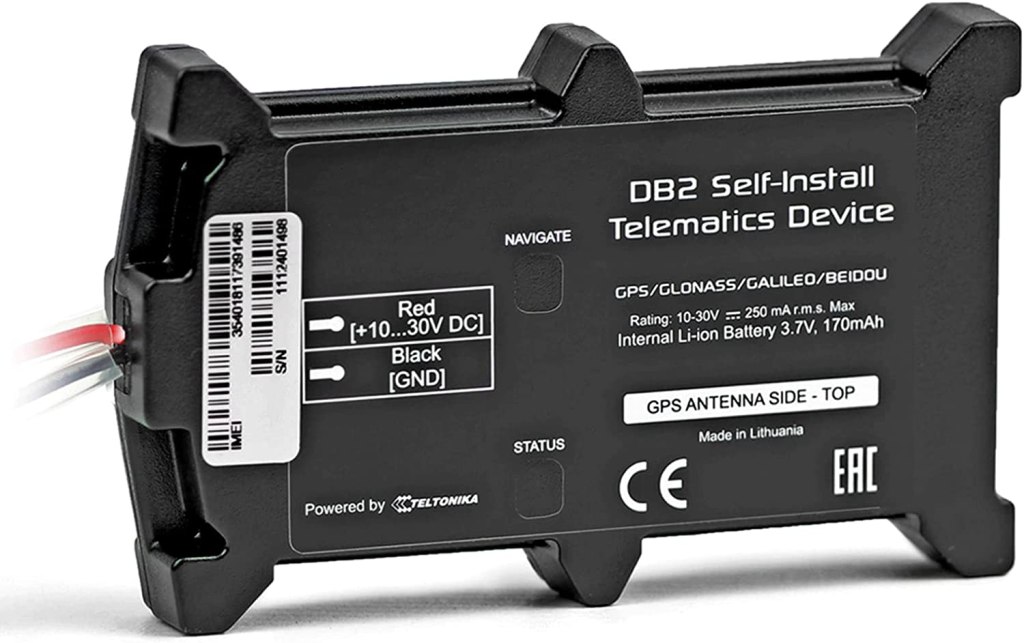
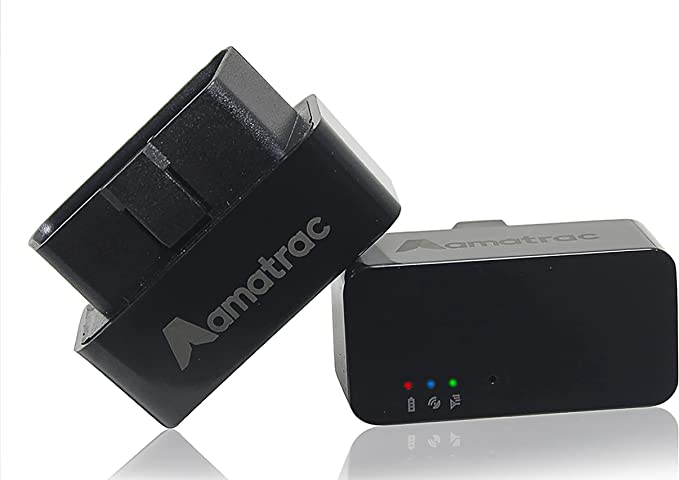
Car trackers
- Amatrac Car Tracker, £49.99 from Amazon – buy here
- Rewire Security DB2 Car Tracker + 12-month plan, £94.98 from Amazon – buy here
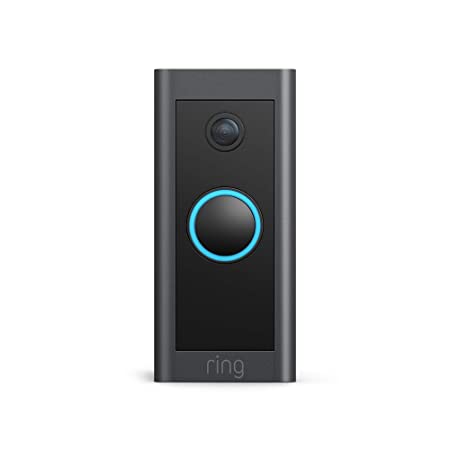
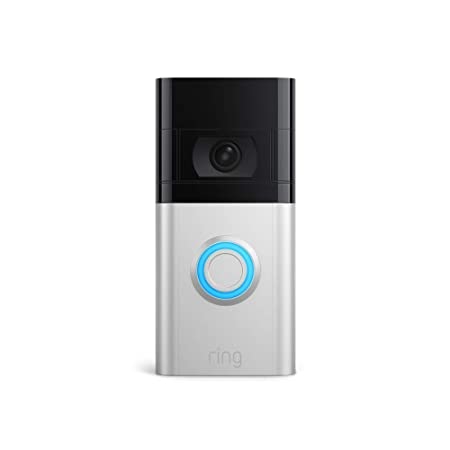
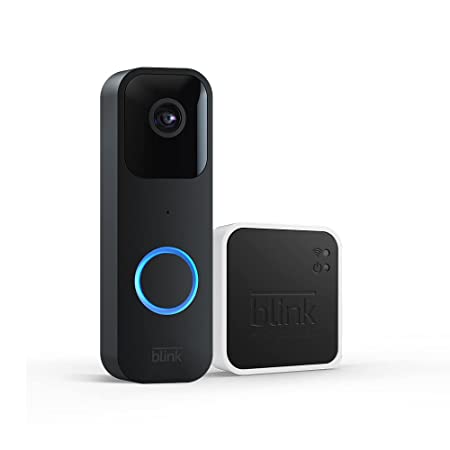
Video doorbells
- Ring Doorbell Wired with Wi-Fi, £34.99 from Amazon – buy here
- Ring Video Doorbell 4, £179.99 from Amazon – buy here
- Blink Video Doorbell + Sync Module, £79.98 from Amazon – buy here
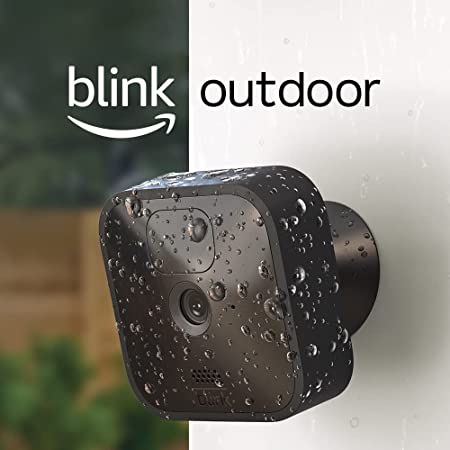
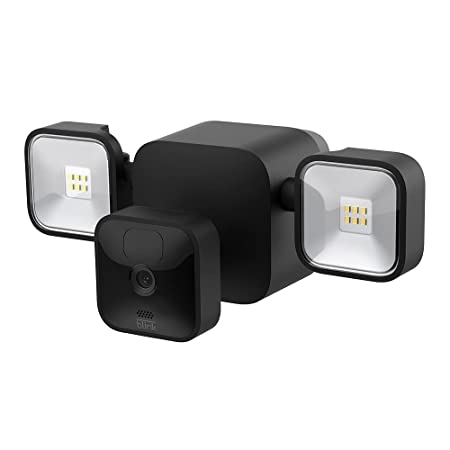
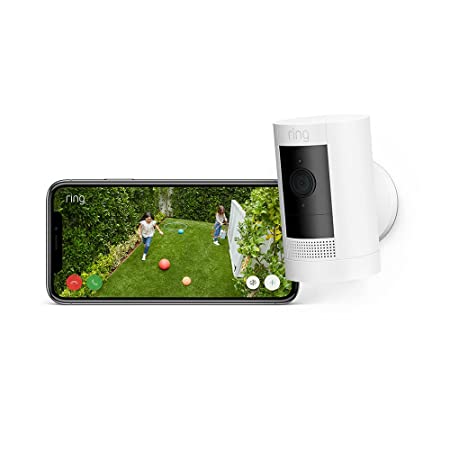
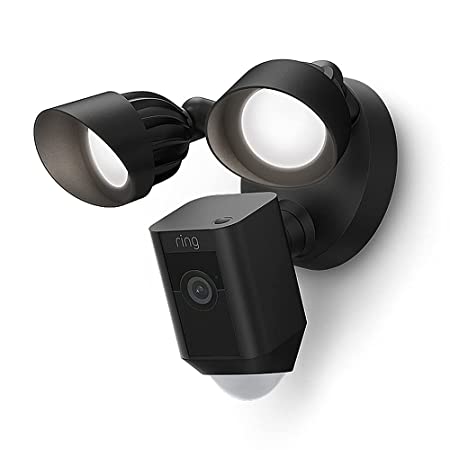
CCTV
- Blink Outdoor wireless video camera, £89.99 from Amazon – buy here
- Blink Outdoor wireless video camera with floodlight, £124.98 from Amazon – buy here
- Ring Outdoor Camera Battery, £89.99 from Amazon – buy here
- Ring Floodlight Cam Wired Plus, £179.99 from Amazon – buy here
How common is keyless car theft?
The Home Office’s latest figures show that car theft has increased by 50% over the last five years, with around 60,000 vehicles being stolen in the UK each year. Figures from the Office for National Statistics show that keyless entry was the most common method for accessing cars in 2020, accounting for 36% of incidents — up 13% on the previous year.
This is illustrated by a look at the top ten most commonly stolen vehicles in the UK in 2021 where the popular Ford Fiesta came out on top, but in second place came the far less common Range Rover Sport, essentially underscoring the extent to which thieves are targeting high-end luxury vehicles with keyless entry systems.
That’s backed up by the fact that slightly older luxury cars with less advanced keyless systems (more susceptible to attack than newer models) also made up a good chunk of the rest of the list, with the Mercedes C-Class and E-Class, the BMW 3 Series and the Land Rover Discovery all making an appearance.




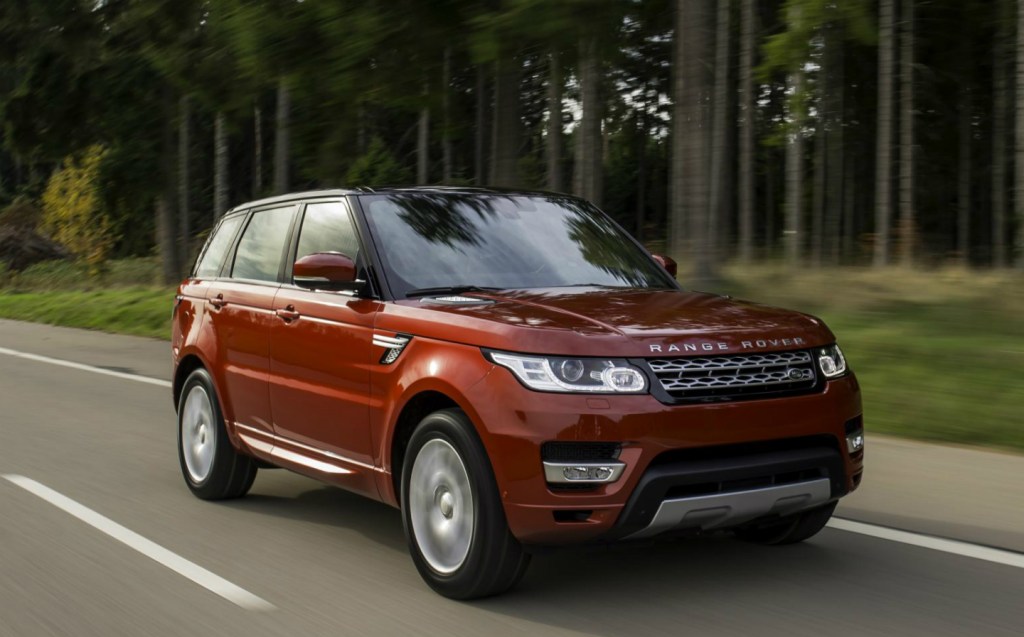
According to the tracing company Tracker, keyless entry theft accounted for some 94% of all cars recovered by the firm last year with six out of its top ten most stolen models being Land Rover vehicles.
The overall rise in car thefts and the outsized presence of luxury cars on the list of most stolen vehicles is a stark warning of how keyless car theft is rapidly on the rise.
Are keyless entry cars easy to steal?
While we wouldn’t say it’s easy, relay devices can be bought online for very low cost, and key reprogrammers are also alarmingly inexpensive. For thieves who know what they’re doing, it can be relatively simple to make off with the vehicle.
Can cars with start buttons be stolen?
Yes, thieves may use the methods we listed above to steal keyless cars with start buttons, including signal relaying, signal jamming and key programming.
How can I protect my keyless car from theft?
You can protect your vehicle from keyless car theft by implementing the techniques we mentioned above, such as blocking car key signals using an aluminium tin or Faraday pouch, investing in a steering wheel lock, or fitting a tracker.
How to block car key signals
Thieves can fool your vehicle into unlocking by capturing the signal emitted by your key fob and relaying it to your car. You can protect your vehicle by blocking your car key signals, using the following techniques:
- Store your keys in a safe place, out of range of your car
- Store your keys in an aluminium tin or signal blocking box when at home
- Carry your key fob in a shielded wallet or Faraday pouch when out and about
- Turn off your key fob’s wireless signal, if applicable
Note: Ensure you test out your chosen method of signal blocking, don’t just assume that it works.
Does tin foil block car key signals?
There are some unusual signal blocking recommendations around, including storing your keys in the fridge, microwave and wrapped in tin foil. Research suggests that wrapping your keys in tin foil dampens the signal, but doesn’t fully block it. We’d recommend opting to store your key in a Faraday pouch or signal blocking box over the fridge or microwave too, as you’re less likely to damage it.
Will a metal box block car key signals?
Yes, storing your keys in a metal box will block the signal sent out from your keys and prevent thieves from exploiting it. These are often called Faraday boxes or signal blocking boxes.
Are manufacturers doing anything to prevent keyless car theft?
Yes, the majority of car manufacturers have stated that they are constantly looking for ways to improve the security of their vehicles. Over the last couple of years, the following changes have been made:
- Kia introduced a Faraday pouch for its customers, called the Kiasafe case, which can be purchased for £9.99 from dealers;
- Motion sensor keys have been introduced by a large number of manufacturers, including Ford, so that when you put your fob down at home it enters a sleep mode after a short time;
- Tesla has introduced “Pin to drive”, which requires drivers to enter a pin in order to start the vehicle
- Mercedes and Subaru owners can turn off their keys once they’ve locked their cars;
- Land Rover and Jaguar have introduced ultra-wide-band across all keyless models registered in 2021.
N.b. We may receive a small commission fee if you click on a link to an external website and purchase a product as a result, but these links are designed to make your life easier and it does not affect our editorial independence.
Related articles
- Found our guide to keyless car theft prevention helpful? Read how relay theft is affecting insurance here
- Here’s our guide on how to repair alloy wheel damage
- And if you have a diesel car, you may like to read our article on adblue
Latest articles
- Red Bull confirms Adrian Newey’s departure, but where next for the F1 designer?
- Lotus shows off its work on British Cycling’s Paris Olympics bicycle
- New Aston Martin Vanquish to get V12 engine with 824bhp
- Cupra updates Leon and Formentor with sharp styling and longer-range hybrids
- Extended test: 2023 Vauxhall Astra Sports Tourer GS PHEV
- Omoda 5 prototype review: Bargain family SUV is solid first effort for new Chinese brand
- Dacia Duster 2024 review: Rugged, affordable SUV modernised with electrification and quite the glow up
- Audi A3 Sportback 2024 review: Softly, softly, catchy premium hatchback buyer
- New electric-only Mini Aceman fills gap between Mini Cooper hatch and Countryman SUV


